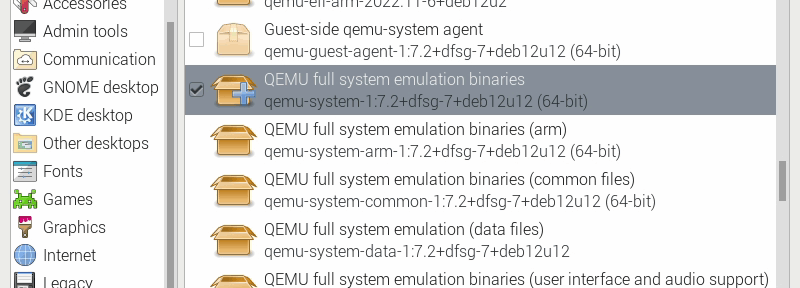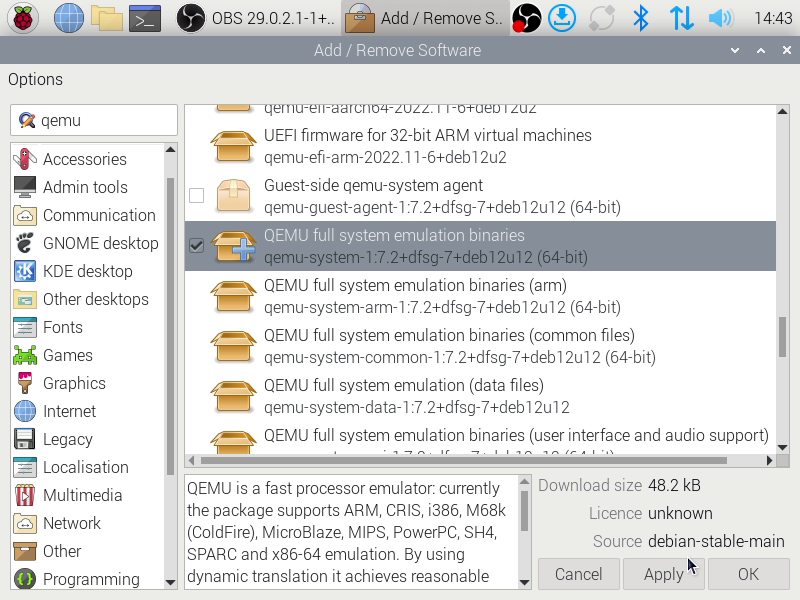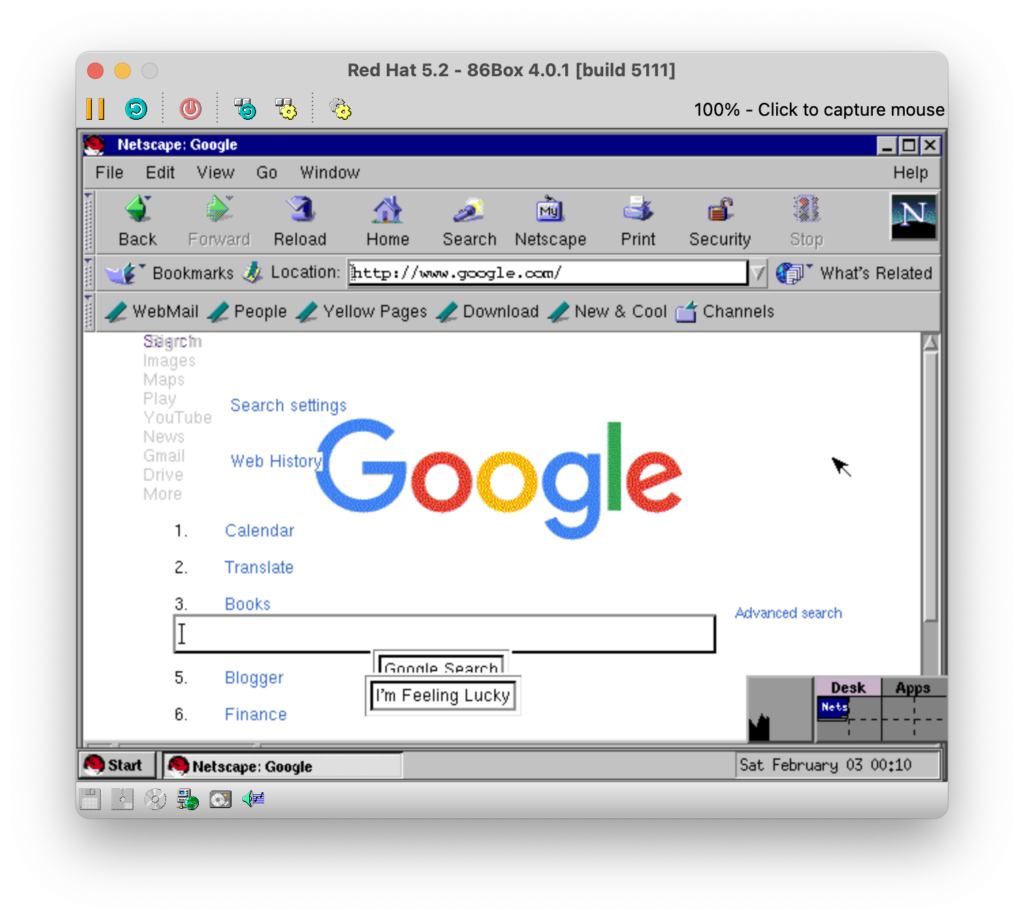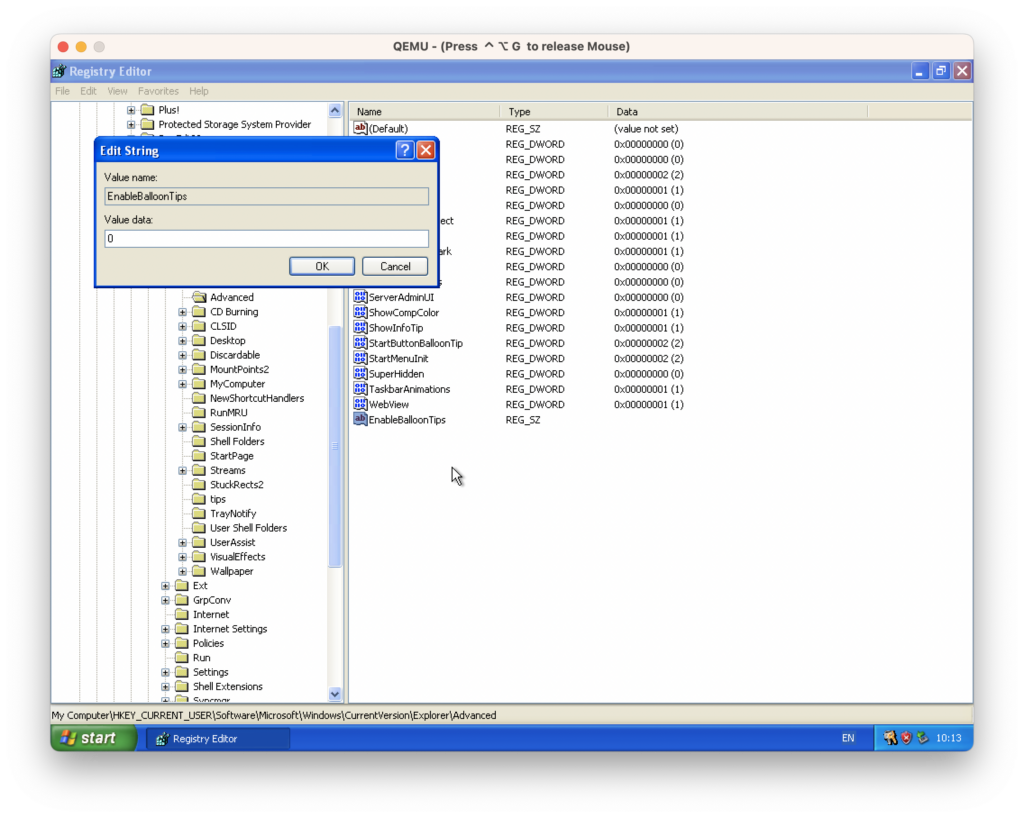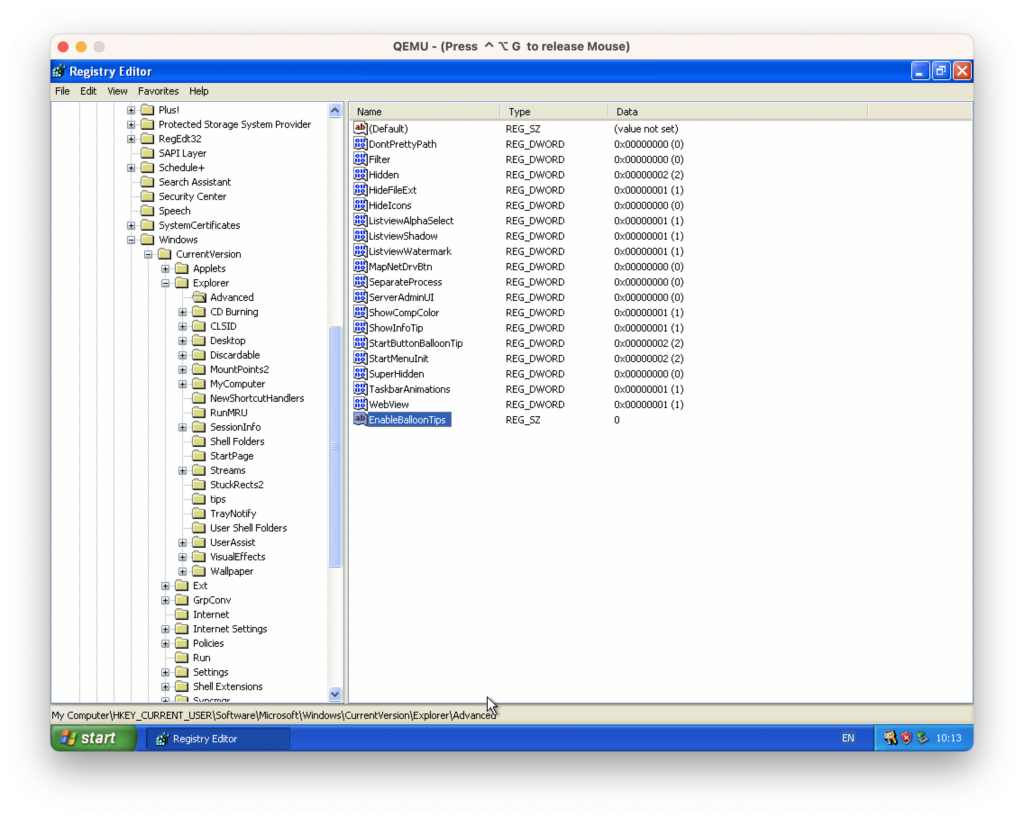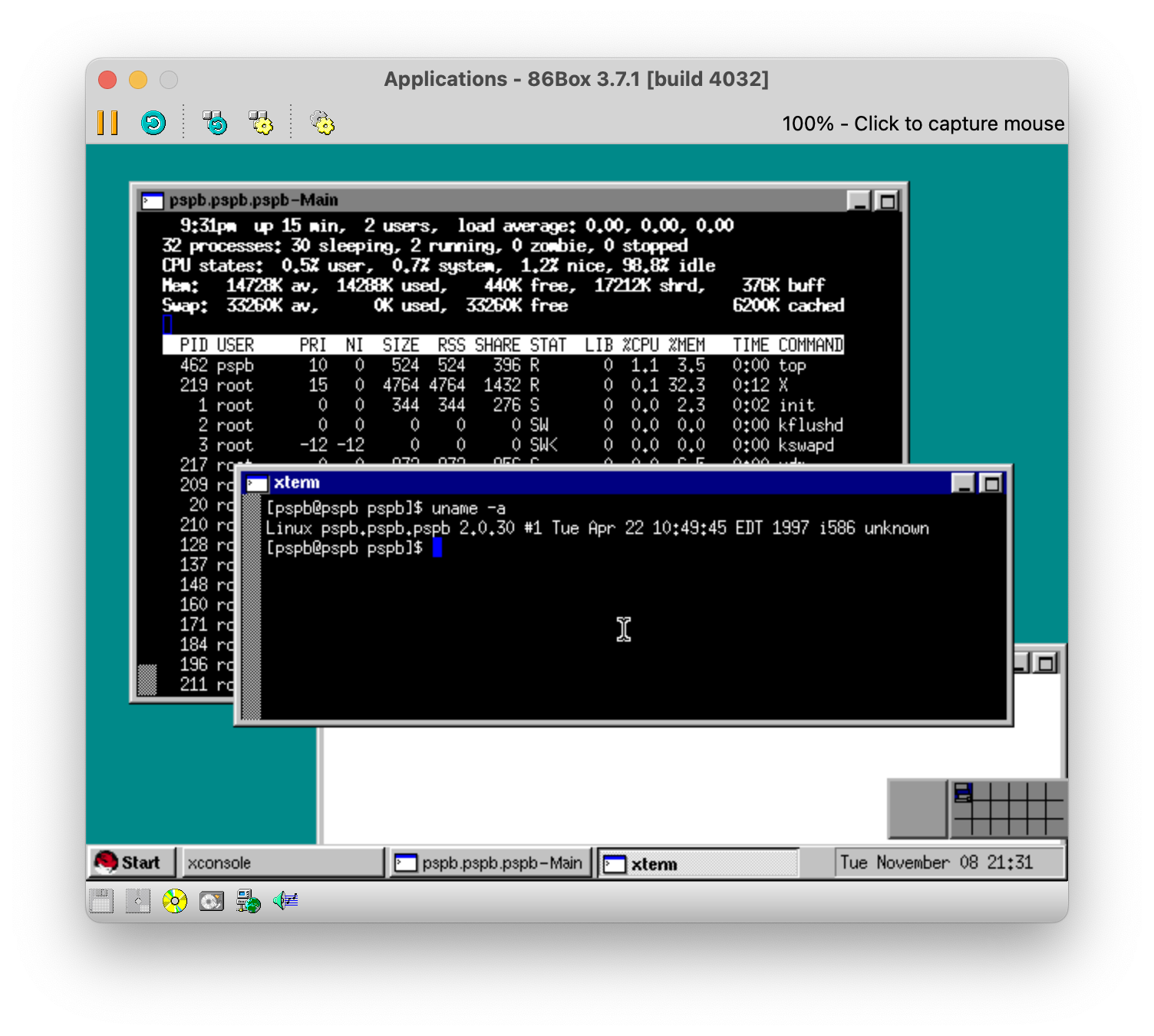While pure Jekyll cannot do true random links to posts at page access, it is possible to insert a link to a random post at site compile time.
At it’s most basic, this can be done with the following liquid snippet which will select a random post from the ‘site.posts‘ collection and then insert that post’s title into the page. This can be expanded to extract other pieces of data from within the ‘post‘ object as you desire.
Continue reading “Getting a Random Post at Compile Time in Jekyll”